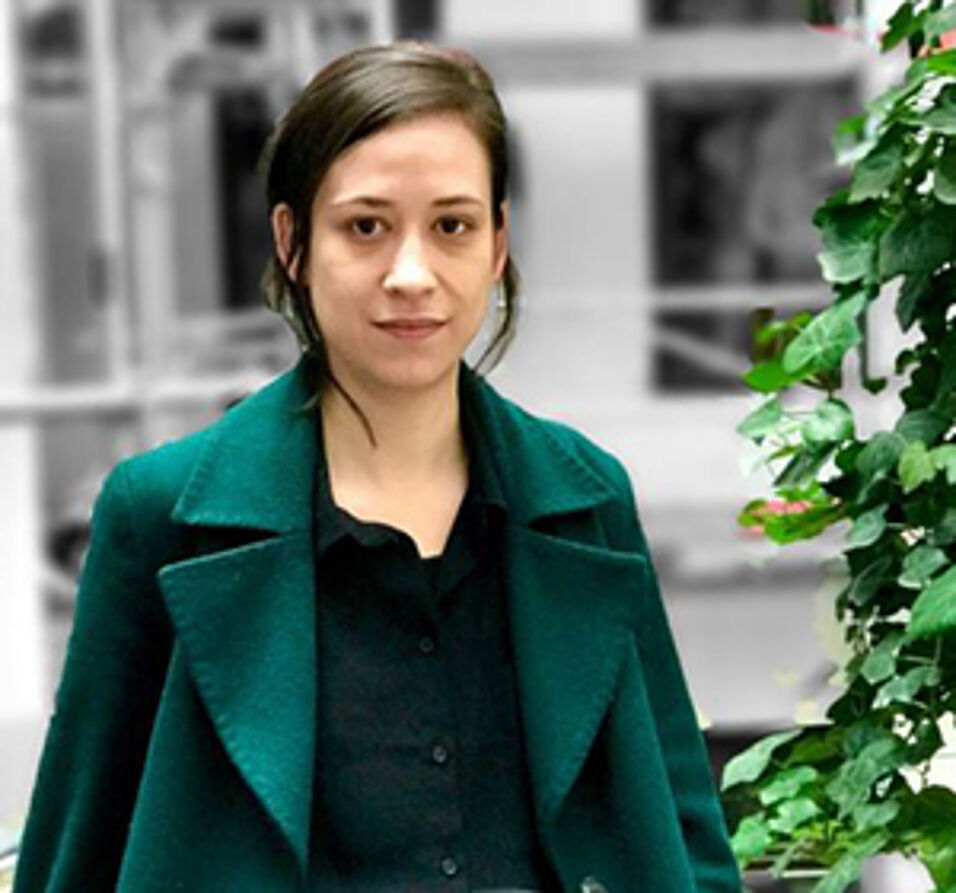Article by Adriana Sofia Palloks (✉ adriana.palloks@univie.ac.at)
"We are not just fighting an epidemic, we are fighting an infodemic." With these words, the director of the World Health Organization (WHO) warned as early as February 2020 against the destructive spread of fake news and misinformation regarding the coronavirus. Especially in times of crisis, information exchange and heated discussions between concerned people flourish on social media platforms. This raises the question of which attitudes and opinions are cultivated through the use of these platforms.
In this context, researchers Jakob-Moritz Eberl and Noëlle Lebernegg from the University of Vienna investigated the influence of social media use and social media behavior on personal beliefs and perceptions regarding the COVID-19 pandemic. The data came from a multi-wave panel study collected by the Austrian Corona Panel Project (ACPP). A total of 1,869 Austrian citizens aged 14 and older were surveyed first about the platforms they use to inform themselves about the COVID-19 crisis (Facebook, Instagram, Twitter, YouTube, WhatsApp), and then specifically about their pandemic-related social media activity (reading posts, giving likes, sharing behaviors, and writing posts themselves). To determine the participants' personal beliefs and perceptions, they were asked to what extent they perceive the pandemic as a threat to their health and economic standard, how much trust they place in Austrian institutions (federal government, ORF, science/research), how much and whether they support politically mandated measures, and, lastly, whether they believe in specific COVID-19 conspiracy myths.
According to the data, the participants informed themselves several times a day about current epidemiological news on social platforms. About 30% did so via WhatsApp, 27% via Facebook, about 15% via Instagram and YouTube, and a few via Twitter (5%). Most participants mainly read posts, many reacted to them using so-called click speech (liking, sharing), but only very few wrote their own posts.
In many areas, specific beliefs were found to be associated with increased use of certain platforms: Individuals experiencing financial anxiety due to the pandemic were more likely to use Instagram, whereas health concerns were associated with increased Twitter and WhatsApp use. Those with low trust in government moved most frequently to Facebook, Twitter, and YouTube. Twitter usage, on the other hand, correlated with trust in the ORF. YouTube proved to be the only network negatively associated with trust in science and research. Belief in certain conspiracy statements was related to the use of all social media platforms, except for Twitter. The correlation between belief in conspiracy theories and information seeking on WhatsApp and YouTube was particularly strong.
Interesting results also emerged in the actual social media activities related to personal beliefs and perceptions of the study participants. Individuals who trust science or support the measures mainly read posts and were largely passive on the platforms. In contrast, individuals who distrust the government, oppose the measures, or believe in conspiracy myths were significantly more active on social media by reading posts, liking and sharing them, as well as writing their own posts.
The researchers worry about the contrasting social media behavior, which seems to be strongly dependent on the users' beliefs: "Following the pandemic through the social media lens sometimes means being presented with very different realities, depending on the platform. The most active users who interact the most and write the most themselves are more likely to believe in misinformation about the coronavirus and are thus multipliers of a potential infodemic. At the same time, the silent majority, the voice of the informed who trust in scientific expertise, risks going unheard on these platforms", study author Jakob-Moritz Eberl explains.
Publication details
Eberl, J.-M., & Lebernegg, N. (2021). The pandemic through the social media lens: Correlates of COVID-19-related social media use in Austria. MedienJournal, 45(3), 5-15. doi:10.24989/medienjournal.v45i3.2037



